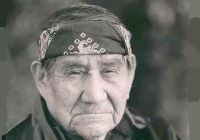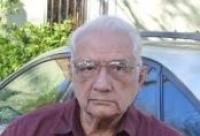Don Platero
Navajo
"Platero" means "silversmith" in Spanish, perhaps indicating that this award winning third-generation jeweler's artistic roots might very well extend beyond his grandparents' time to the era of Spanish occupation of New Mexico. The aptness of the name is seen in every meticulous detail of Don’s work.
Don specializes in contemporary and traditional designs. His work includes silver jewelry, dinnerware, server sets, wedding sets, or unique custom creations such as chopsticks, bridles and other custom pieces. Don is one of the last artists you will find that does flatware on a regular basis. This art use to be very popular and is one of the earliest forms of Navajo silver.
Don started silver smithing around the age of 10. He was taught by his father Dan Platero. Don uses the highest quality sterling, beautiful turquoise and a variety of techniques.
To keep him safe and healthy, from infancy to 4 years old Don was raised in a non-native foster home due to tuberculosis contracted by his mother. After reuniting with his parents and their subsequent divorce he and his older brother were sent to a Government Agency Boarding School - Bureau of Indian Affairs. There they learned obedience, independent living, and learned to speak another language other than their own. They were forbidden to speak Navajo, now called The Diné language. As a result, government issued laundry soap was used to wash their mouths with if they violated the school’s hand-book rules.
All through grade school, then junior high, and through high school, they lived under the U.S. Government. All during this time his father would check the boys out of school for the summer to assist him is polishing and finishing pieces. Don would ask him questions of different techniques that were used from school and also techniques that he had never seen before while ‘secretly’ working on his own work. During his sophomore year in high school there was a class with a last slot for the “Navajo Silversmith” course. Fortunately, the slot became his. During high school he entered the Gallup Indian Ceremonial and that brought the first 1st place ribbon and cash award. This was the first of many awards.













